I feel so lucky to be a collections and curatorial summer intern at the Gibbes Museum of Art! I have learned a lot about both curatorial and collections management work every day. I even got a chance to organize the Artist Spotlight exhibitions in Gallery H, which is located on the first floor next to the stairwell. I used to be a curatorial assistant in my undergraduate university’s museum, but this was my first time to actually curate an exhibition all by myself!
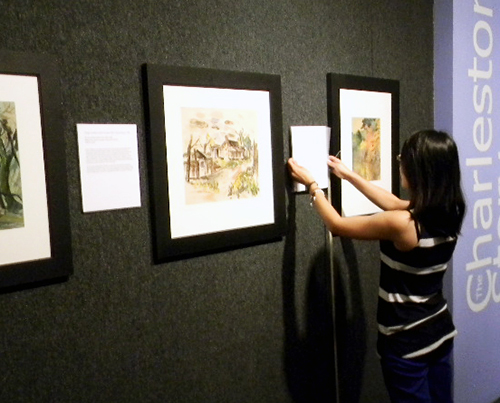
I started my work by researching the themes of the exhibition. Later on, I used PastPerfect, which is a powerful collections management software, to help me manage the exhibition details. I needed to consider a series of questions for preparation, such as the size of the art works, their condition, whether the works were framed, and if I would need exhibition furniture for display. I also needed to prepare all of the text materials for the exhibition. The logic and order of artworks are also of great importance. In other words, this time I was no longer an assistant, but a real “curator!” It was so exciting to have this chance!!
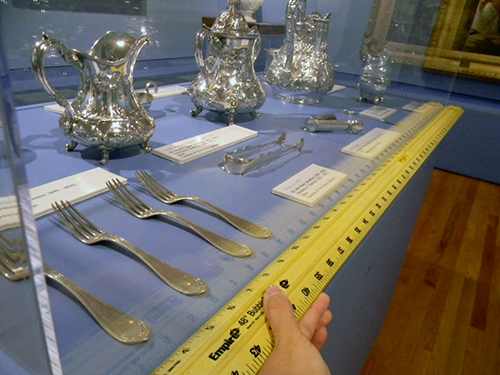
As a student from architecture school, I also practiced what I had learned in my studio class when designing the exhibition. Google SketchUp is a very basic and easy-to-use software for architectural design. Architects never use it for professional drawings, but I found it perfect for curatorial work! It helped me measure and organize the works in the space quickly, and also provided me with a multi-perspective preview of the exhibition. I felt excited to put my school knowledge to good use!
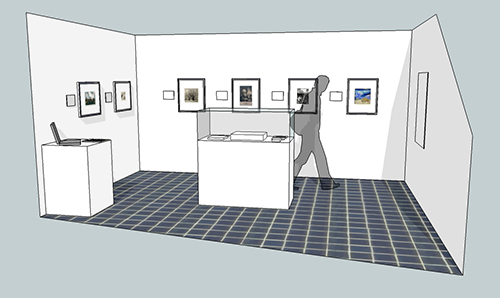
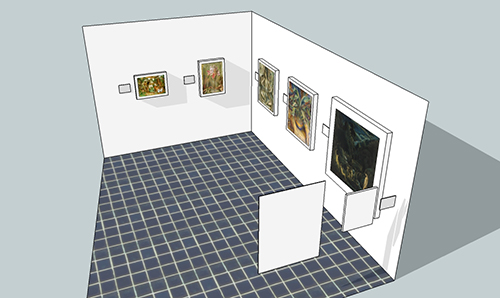
By working on the two exhibitions in Gallery H for the coming fall, I realized the importance of details in curatorial work. For example, one thing to remember when writing for a museum text panel is many of my readers will be first-time visitors. Therefore, text materials should be clear, readable, and interesting. Another important method I learned was how to arrange multiple profile portraits. Visitors feel more comfortable when seeing two portraits facing one another rather than hanging back to back. In addition, it’s better to have a figure in a portrait staring at another image rather than staring at a corner or a wall. These types of details are carefully considered by a curator—hopefully the visitor won’t even think about it—and the impact on a whole exhibition can be huge. That is why sometimes we feel comfortable when visiting an exhibition, while other times we feel weird or unsettled. Art is to a gallery like notes are to a symphony—they are following harmony rhythms and melodies, and the “symphony” of a museum is carefully composed by its curators.
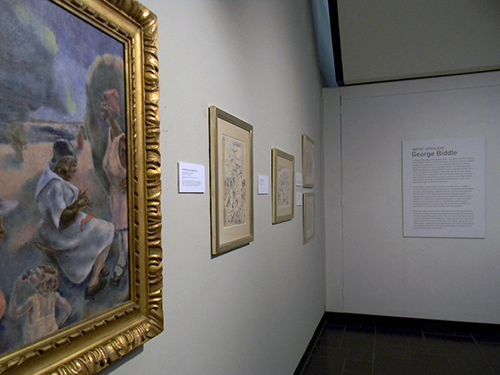
I hope you will enjoy the upcoming Spotlight exhibitions about Edward Middleton Manigault and Gibbes’ outstanding collection of prints! Come and visit Gibbes Museum this fall!
—Molly Huang, collections and curatorial summer intern and guest blogger
Published July 26, 2013

